On This Day…May 6th.
RAAF Lancaster (RF270 JO-V, slightly amended) taking off for a POW airlift to Juvincourt, France, 6th May 1945. It’s worth having a zoom in to some of the ‘graffiti’. Below, picking up some of the (now ex) prisoners.
On May 6th, the tense and deadly game of cat and mouse in the Coral Sea continued. On-going bad weather meant neither side made any gains. Operational Commander Fletcher was advised that a Boeing B17 bomber aircraft had made an unsuccessful attack on Shoho, and that other Japanese naval units and transports which were sighted heading south from Rabaul. Based on this, aircraft launched that afternoon by the Americans flew right over the Japanese carriers without spotting them due to the heavy cloud cover.
Admiral Tagaki, meanwhile, having found nothing, headed north to refuel, (as noted yesterday) only 70 miles away from Fletcher's carriers.
A frankly spectacular (and terrifying) shot of the ‘Frigate Bird’ nuclear test explosion of Operation Dominic - image taken through the periscope of USS Carbonero, off Johnson Atoll, 6 May 1962.
Flying Office John Baker (left, below...) and Flight Lieutenant Maurice Briggs at Downsview, Ontario on May 6th, 1945. The pair had been flying the famous ‘F for Freddie’ Mosquito accross Canada in a fund raising effort (a Canadian ‘Memphis Belle’). Only two days after this photo both men died when the aircraft
Briggs (pilot) had been flying low throughout the tour, collecting citations for low flying from public and officials alike. On the day of the accident (10th May), the Air Traffic Controller (Peter Minchuk) described how Briggs flew ‘Freddie’ UNDER a trestle which spanned 9th Avenue in celebration of VE Day.
On returning to Calgary Airfield, Freddie hit the steel anemometer tower and flag pole on top of the control tower. This sheared off the port wing and both men died instantly when the Mosquito hit the ground.
PBY-5 being hoisted onto USS Tangier (AV-8, below) previously a cargo ship, converted to a seaplane tender, 6th May 1942.
Nice photo of US Army Signal Corps photographer Arthur W. Hedgo with Chinese boy Lee Ting Yow, in northern Burma, 6th of May, 1944.
Sherman tanks of the First Infantry Division during exercise ‘Fabius’, part of the rehearsals for Operation Neptune on D-Day. Who knew that all the Germans needed sabotage the attack was a pretty girl on a horse...
May 6th, 1941, and test pilot Lowry P. Brabham took the Republic XP-47B, the first of the Thunderbolts, on it’s very first flight. Note the ‘car door’ arrangement in the canopy.
From one classic to another; Lockheed P 38 Lightning, ‘Crazy Maizie’ flown by Terrence M. Coleman - photo taken 6th May, 1944.
Painting ‘Adding insult to injury’
The 6th of May, 1943, near Tunis, the painting depicts First Lt. Jerry Collinsworth ‘thumbing his nose’ at the parachuting pilot of a Fw190 that he’d just shot down. This was the fourth of six victories scored by Collinsworth, all Fw190s, all downed in his Spitfire.
“Dimples" (Collinworth’s Spitfire, above) was named for a "cute girl from Taft" in California. They never dated...but she sent him mail before he flew to England in 1943.
Description of the dogfight by Collinworth...
Arriving in the combat area vectored by radio, Collinsworth spotted a pair of FW-190s about 1,000 feet above and called out their position to his leader. Unable to spot the German fighters, Leader gave Collinsworth and the number three man clearance to attack.
"I pulled up behind the number two man," Collinsworth continued. "I fired a short burst and when I did the canopy came off the FW-190. I quit firing as I assumed he was getting ready to bail out, and sure enough, out he came."
Collinsworth immediately broke to the right to clear his 6:00 o'clock position, and continued the right turn for a full 360-degree circle. At that point, he found himself “suddenly alone, not another soul in the sky” - except for a white parachute drifting down about a quarter of a mile away. Collinsworth remembers, “I decided to go back and take a look at him. As I passed him, for some reason I thumbed my nose at the old boy. It seems kind of silly now, I know, but I still think it was a lot better than shooting him (in the parachute). I'm sure he thought so, too. With that, I split-essed to the deck and proceeded for home."
Tiger I Awaiting Demolition, Tunisia May 1943.
RNZAF Curtis Kittyhawks at Henderson Field, Guadalcanal, May 6th, 1943.
Shermans in the Battle of the Gustav Line (also known as the ‘Winter Line’) 6th May 1944, Italy. The ‘Corps Expéditionnaire Français’ was kitted out with American uniforms and equipment and these M4 Shermans were part of the French forces’ armoury in the fighting at Vallemaio in May ‘44. Poignantly, at this time of year the fields (as seen in the photo) are full of crimson poppies.
F4U-1D Corsair VF-84 White 187 aboard (CV 17) USS Bunker Hill 6th May 1945. Below, White 182 takes off in support of raids against Okinawa.
Hawker Hurricane Is of RAF 245 Squadron based in Aldergrove (Northern Ireland) on May 6th, 1941.
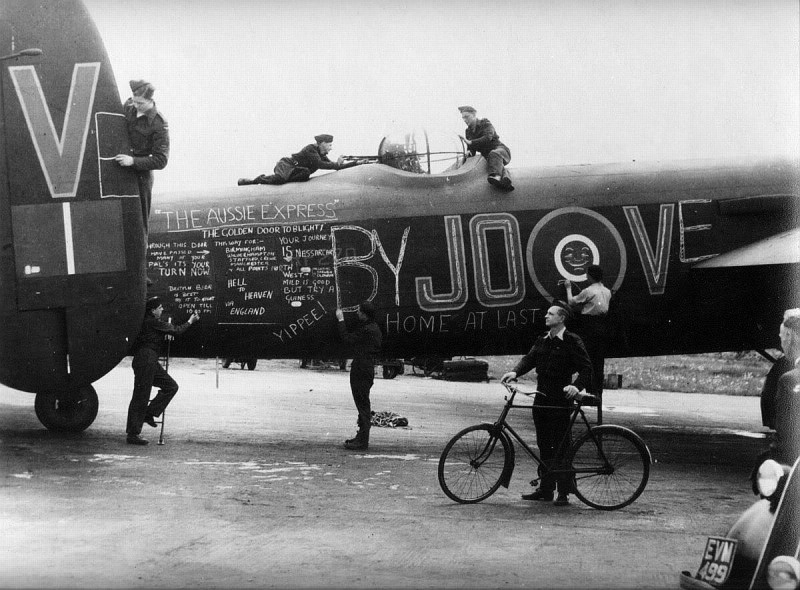
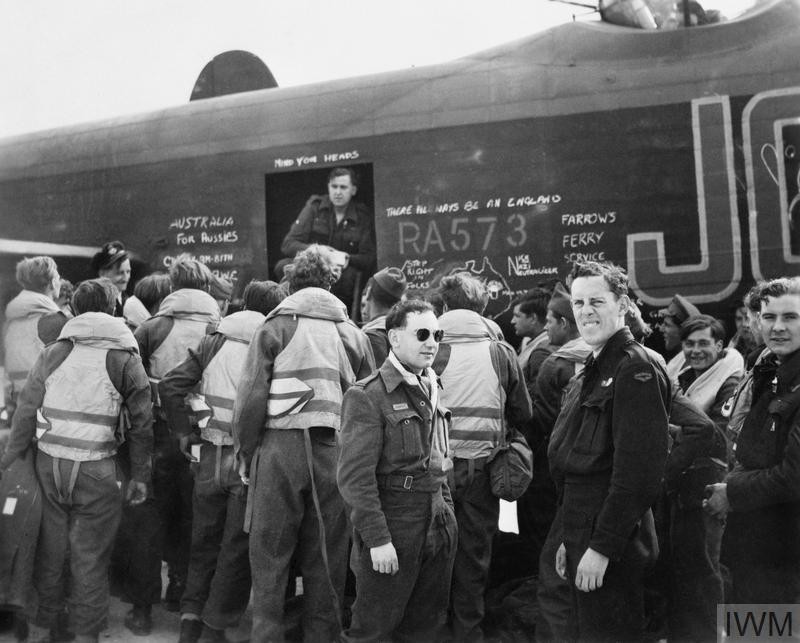

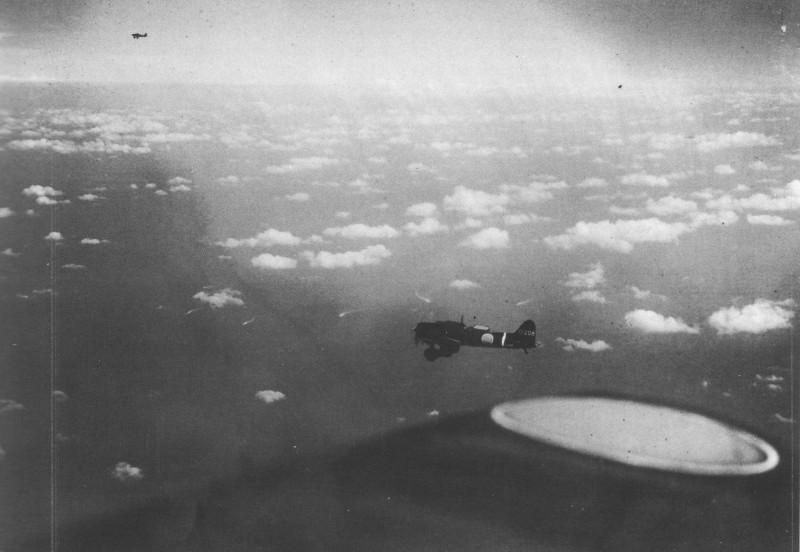
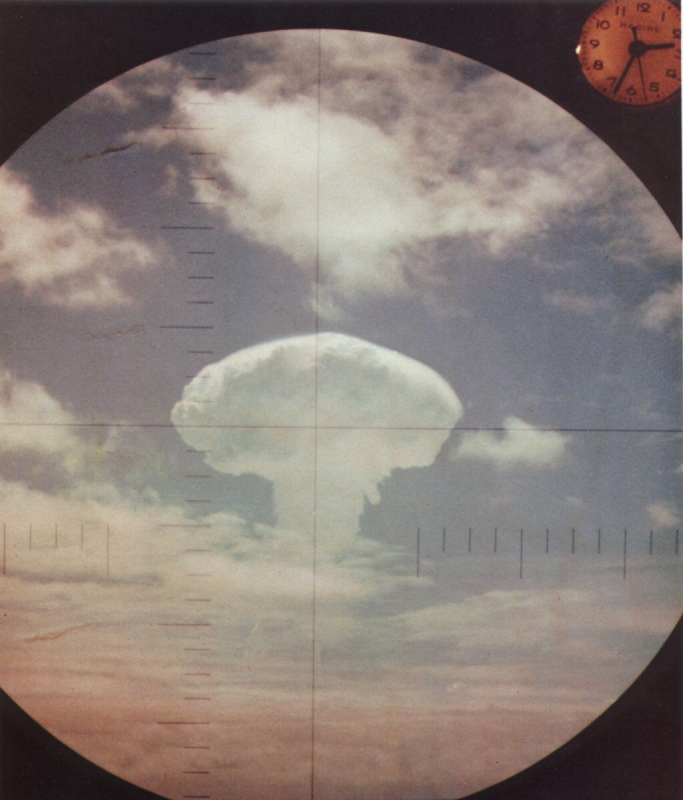
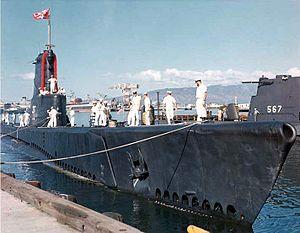
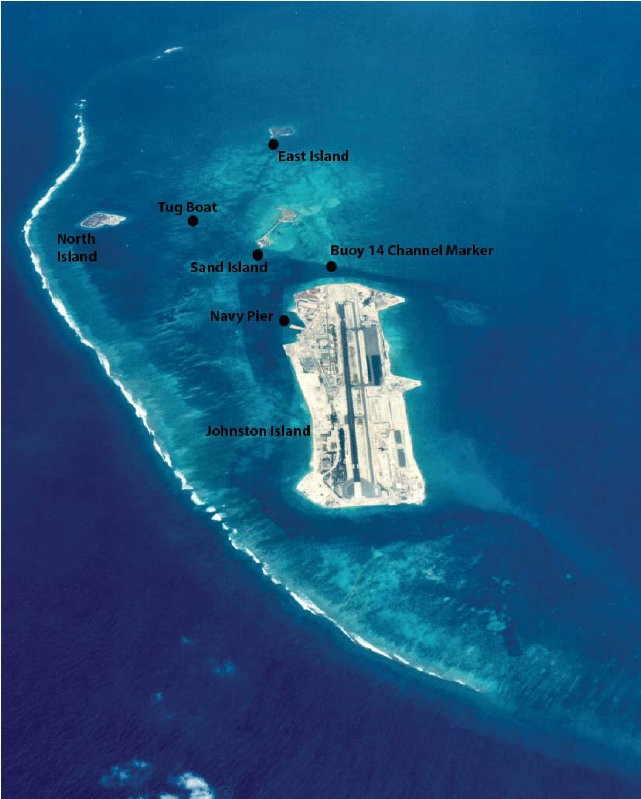
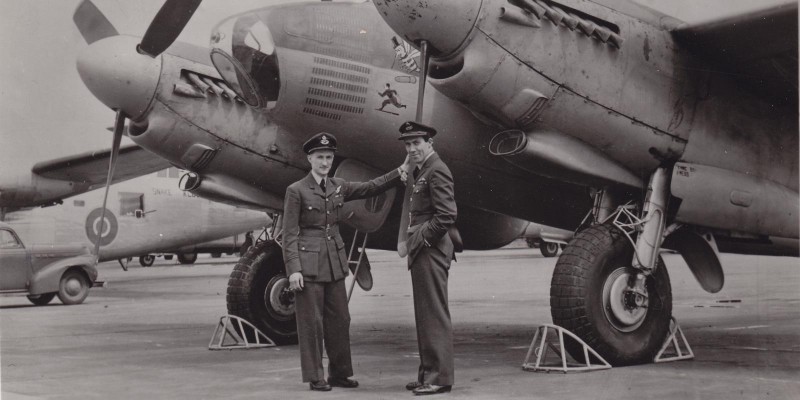
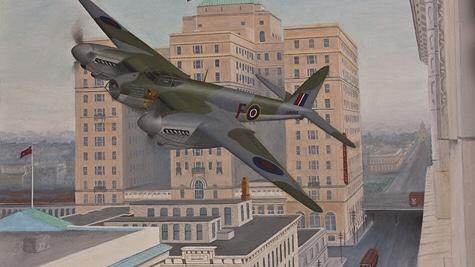
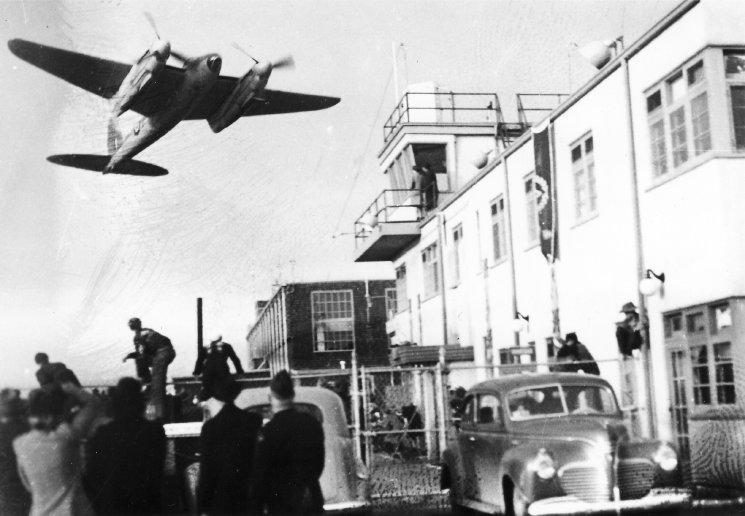
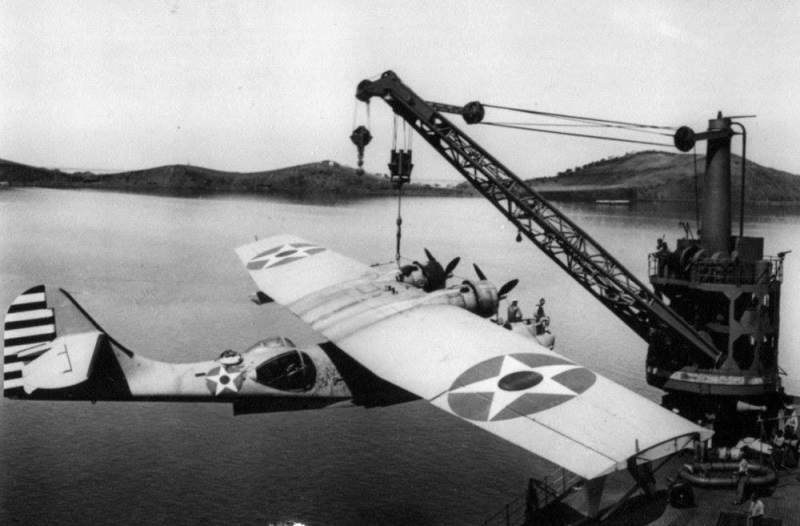
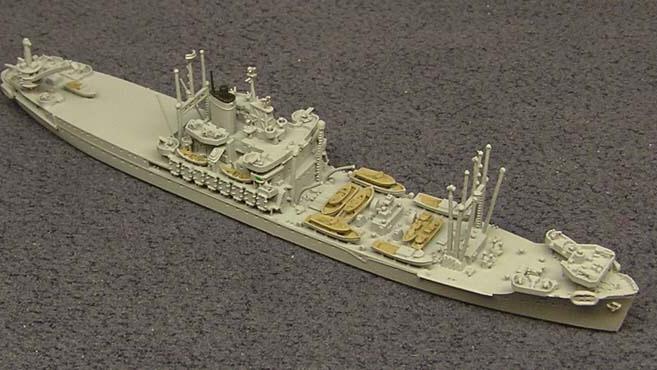
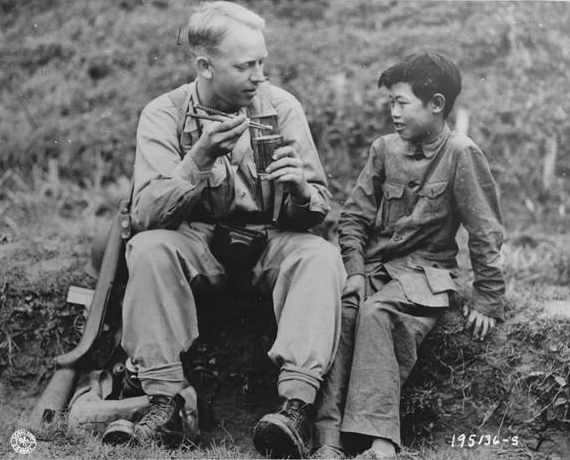
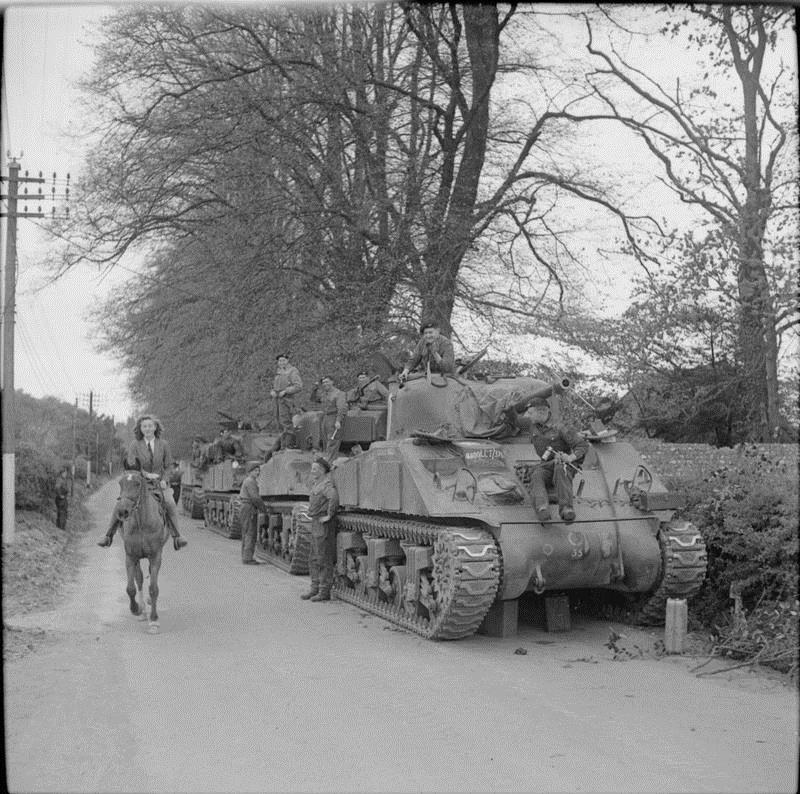
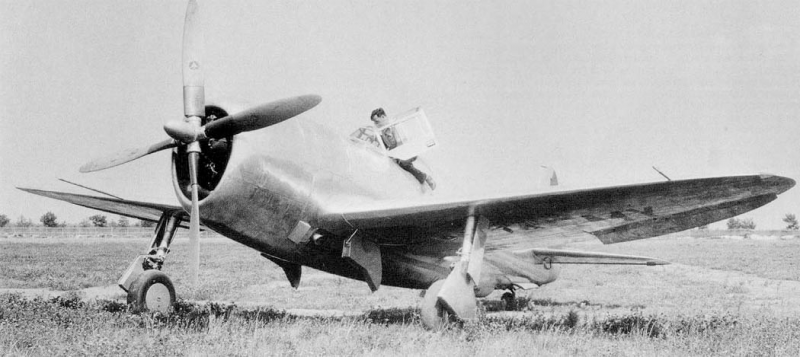
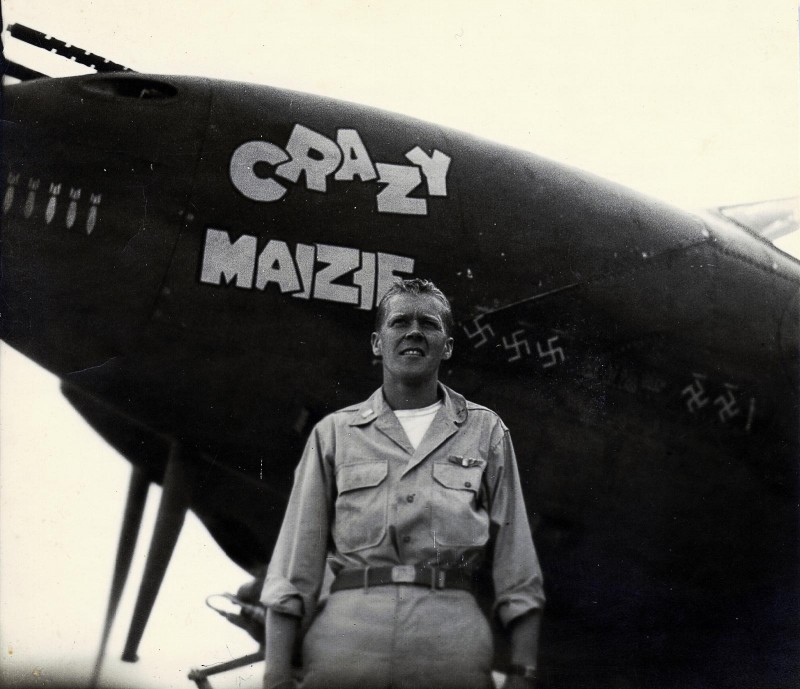
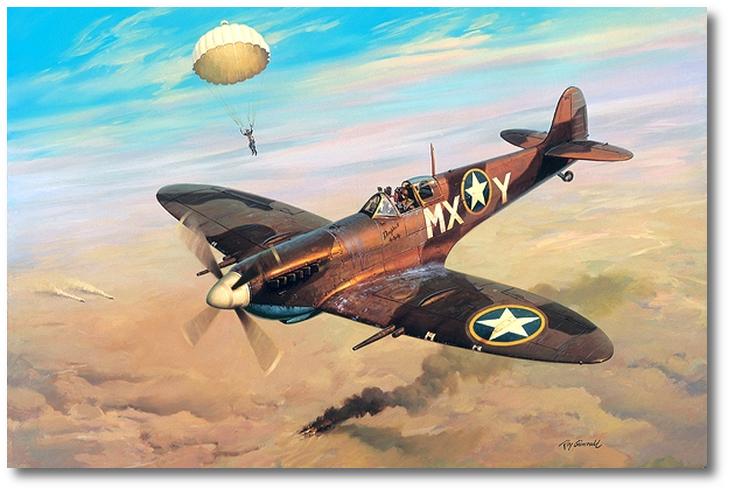
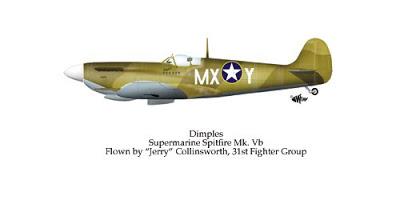
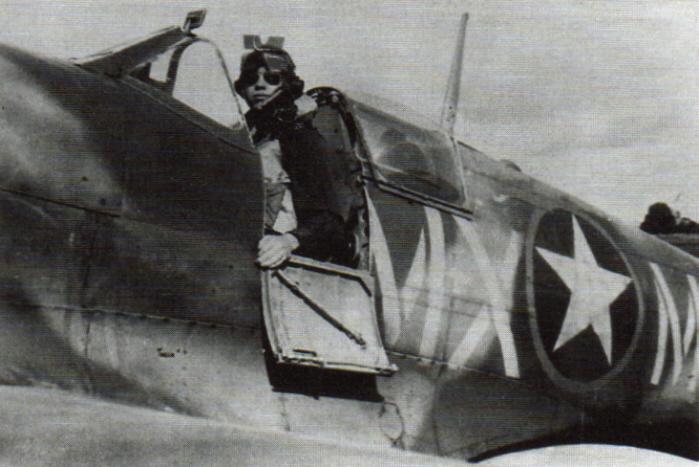
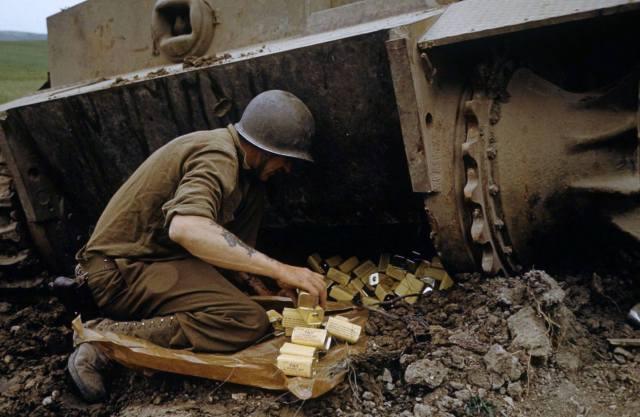

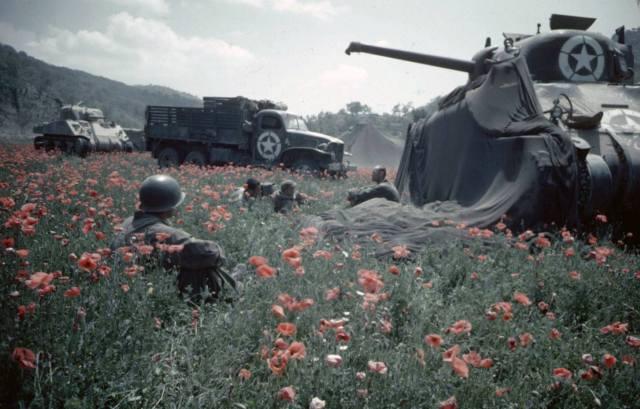
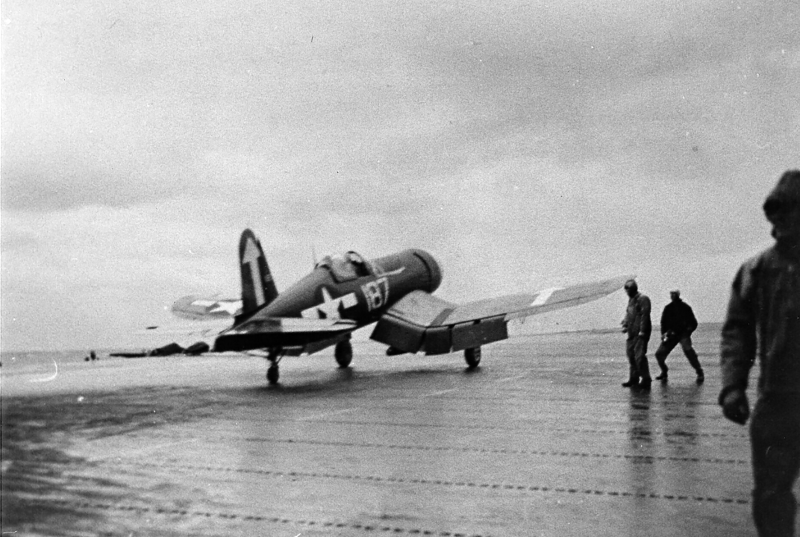
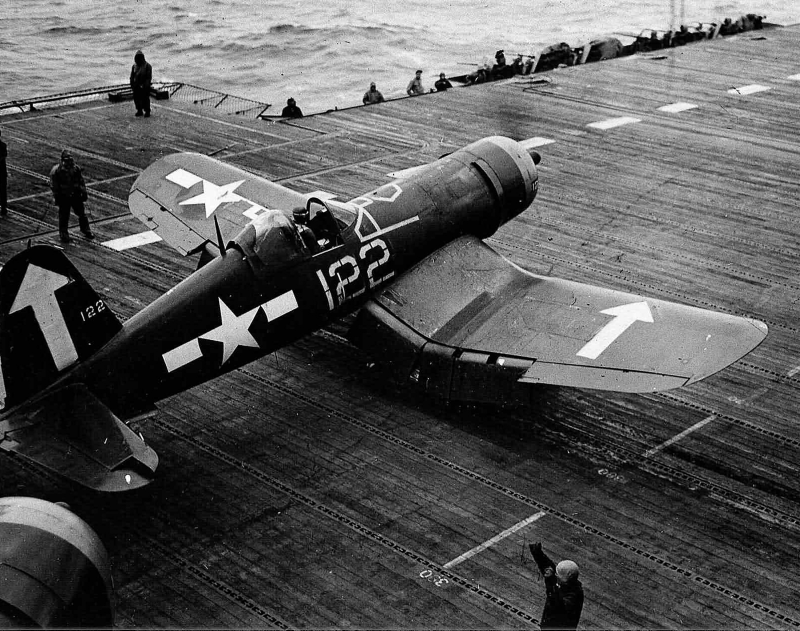
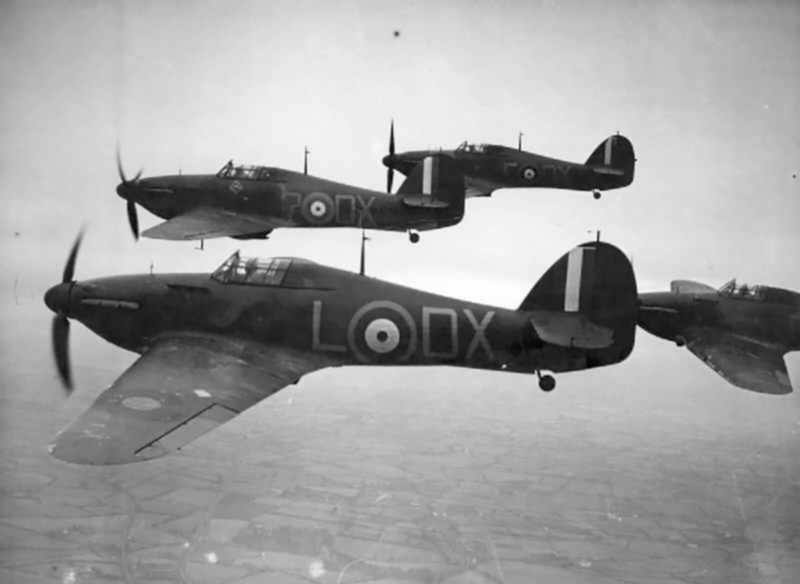
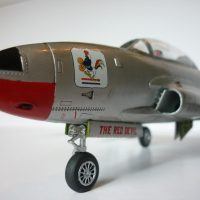
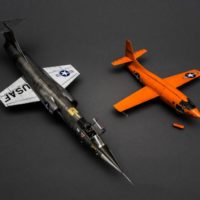
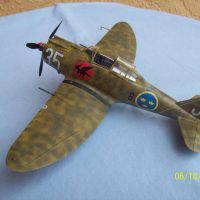

The Lancaster photos are very good. You can only imagine the relief the crews felt knowing that they would not be asked to go on another mission after all they had been through. How different the mood must have been bring home POWs. Then,the same crews could return to their families in Australia. Unfortunately, a lot of brave men never made it back home.
I've just listened to a audio book called Dam Busters by James Holland. This highlighted the courage and skill of Lancaster crews.
Great photos as always, David. The Lancaster pics are really interesting.
Thanks, John. I wondered what the two crew were doing with the upper mid gunners turret - interesting indeed.
I think they are fixing/adjusting the arms on the interrupter cam - look at the next photo down. Designed to help the gunner not shoot away bits of his own aircraft!
Another nice collection David!
Julian, overall, Bomber Command had one the highest rate of death of any service (only worsened by the German submarine crews). 59,423 RAF crew were killed out of a force of roughly 125,000 men), which is a mortality rate of over 47%. In the three months prior to D-Day this rose to a staggering 64% (figures from RAF archives).
Yes, the mood would have been very different on a humanitarian sortie. That said, the really hard work for some was still to come - trying to adjust to ‘normal’ life again.
Once again David, very good selection. I have 2 Spitfire Vb kits and want to do one in American insignia. Now thanks to this OTD, I have an option.
Having served on the USS Coral Sea CV-43, I am always interested in that particular battle.
As a side note, the US Navy was set to build a class of carriers that would be named for the 3 naval turning points in the war, the battles of Coral Sea, Midway and Leyte Gulf. CV-41 became the Midway, CV-42 was supposed to be named Coral Sea, and CV-43 would have been named Leyte Gulf. However when FDR passed away near the end of the war, CV-42 was re-named in his honor and the name "Coral Sea" was then assigned to CV-43, my old home away from home.
Great set of pictures again Dave and some interesting comments from the guys, I'm surprised no-one has picked up on the Lancaster shots and done a decal sheet...
N.
“The Aussie Express” - Brilliant!
Thanks Neil.
@Neil-Foster
The beginning of a long line of Thunder craft[P-47].
One of your best yet, David! A massive selection, but Lanc photos take top spot for me!
A fantastic post.
I love the Collinsworth story. The "cute girl from Taft" was the only fair thing about that city, I can assure you, having visited that bleak place. Ugh.
What can I say that hasn't been said? Another GREAT set of photos and true stories that happened "On This Day"
... Or should I say "On THAT Day." Lol